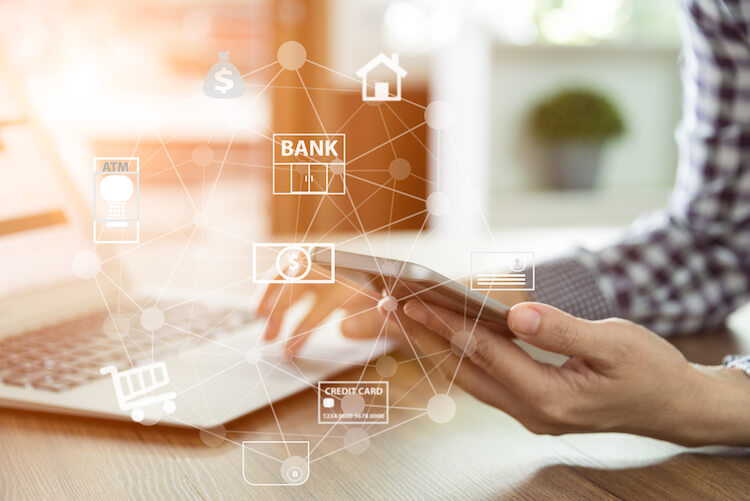Chargebacks Part 1: A Quick Guide to Understanding Chargebacks and Why They Occur

The ability to accept credit card and ACH payments is incredibly important for businesses. So important that they’re probably considered a major lifeline for your business. But, as with most good things there is also a downside. In this case, we’re talking about chargebacks and they can present a real problem for your business.
Not all businesses really understand what chargebacks are, why they happen and what can be done to rectify and prevent them from happening in the future. To answer these questions, we’ve created a 3-part series to help explain them. Let’s start by talking about what chargebacks are and the most frequent reasons they occur.
What Is a Chargeback?
Most of the time when a financial transaction occurs between a customer and your business, everything is smooth sailing. You’re providing something they want, they agree to payment terms and you follow through with the goods. Occasionally, things don’t go so smoothly, and a customer disagrees with a charge on their account.
Depending on the nature of the dispute, their first route might be to contact the business for a resolution. However, if they’re not completely satisfied with the results or for some reason choose not to engage with the business, the natural next stop is the bank who issued the card or account that was used for the transaction in question.
When this happens, it’s called disputing the charge. There are several reasons that this occurs, and when it does, it becomes the issuing bank's responsibility to come up with a solution. An investigation follows, and if the bank agrees with the initial complaint they will then issue the customer a refund and add on a little fee for their troubles – both of which get pulled directly from your account.
Obviously, the best solution is to avoid chargebacks at all costs, but unfortunately the ability to do that isn’t completely within your control. Sometimes, no matter how much effort you put into working with a customer, they’ll contact the bank regardless and other times you don’t see a chargeback coming until a bank calls you asking for an explanation.
Since chargebacks can be costly to your bottom line, and sometimes even your reputation, it’s important to understand the most common reasons why they occur.
Why Is the Bank Issuing a Chargeback?
When a consumer issues an electronic payment for goods or services, they are automatically protected under law. To be honest, between lost or stolen cards that can lead to fraudulent activity or the fact that there are less than scrupulous merchants out there, this type of consumer protection is something that we all enjoy. It offers a legal safety net that helps to protect our assets and financial health.
However, from a business perspective the view is a little different. Even though you genuinely want a fair resolution for your customers, chargebacks can be costly, time consuming and disruptive. As a merchant, it’s important that you are fully aware of the most common reasons that chargebacks occur.
- Fraudulent Transactions – The most common reason for chargebacks is the request to be reimbursed for fraudulent charges. This happens when the customer claims that the charge occurred without their consent or authorization. In these cases, the burden of proof is usually entirely on the merchant to prove that the customer did authorize the charge. If they are unable to do so, then they become solely responsible for the charges.
- Goods/Services Not Received – A customer can request a refund from the bank if they did not receive the goods or services that they were charged for. Again, as a merchant you will have to provide proof that what they requested was delivered to them and that they received it or take on the financial burden of the loss.
- Credit Not Issued – Sometimes a customer may have returned the merchandise or spoke to a representative at the business to receive an agreed upon refund. If after an acceptable amount of processing time, the customer does not receive the refund, or the amount is different from what they expected, they can file a dispute to facilitate the refund.
- Something Isn’t Right – Another reason that a customer might request a refund from their bank is that the product or service that they requested didn’t quite meet their standards. It could be that the merchandise was damaged or defective, or the product or service was not as described.
- Technical Difficulties – Glitches happen. When a customer sees duplicate charges on their bill, or they get charged for a service they previously cancelled, they can rightfully request a refund of those charges.
Knowing Your Rights and Responsibilities Against Chargebacks
When chargebacks happen, it can feel like the banks always take the consumer’s side, and in being completely honest, they usually do. Banks have a very big interest in keeping their customers happy, plus siding with them doesn’t cost the bank anything except the time they invest, which is often recovered by the fee they charge.
This doesn’t mean that you’re completely vulnerable against chargebacks. Merchants can protect themselves by filing a dispute. In our next installment on chargebacks we’ll discuss when it’s in your best interest to file a dispute and how to do it in a way that increases your chances of success.
Read Part 2 – Chargebacks Part 2: Understanding the Chargeback Dispute Process






